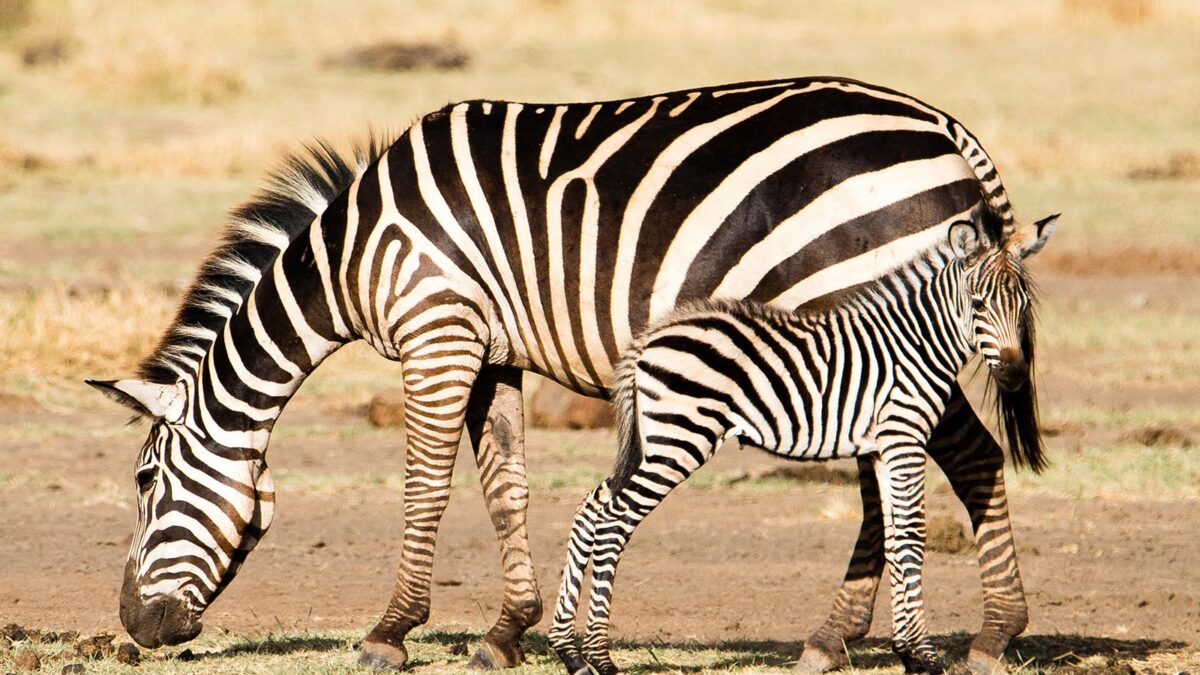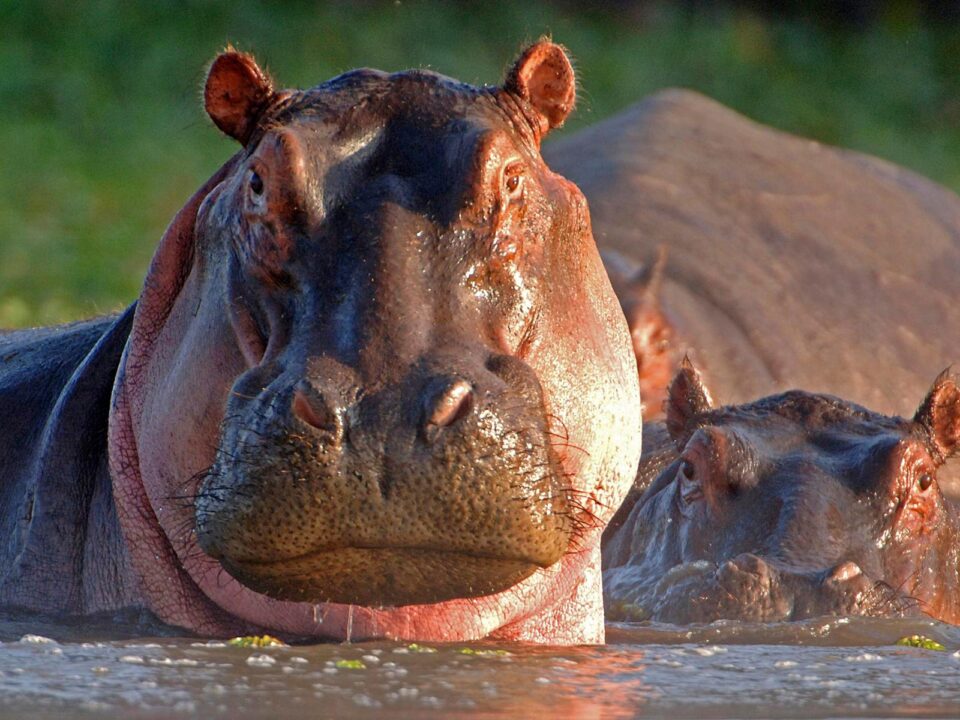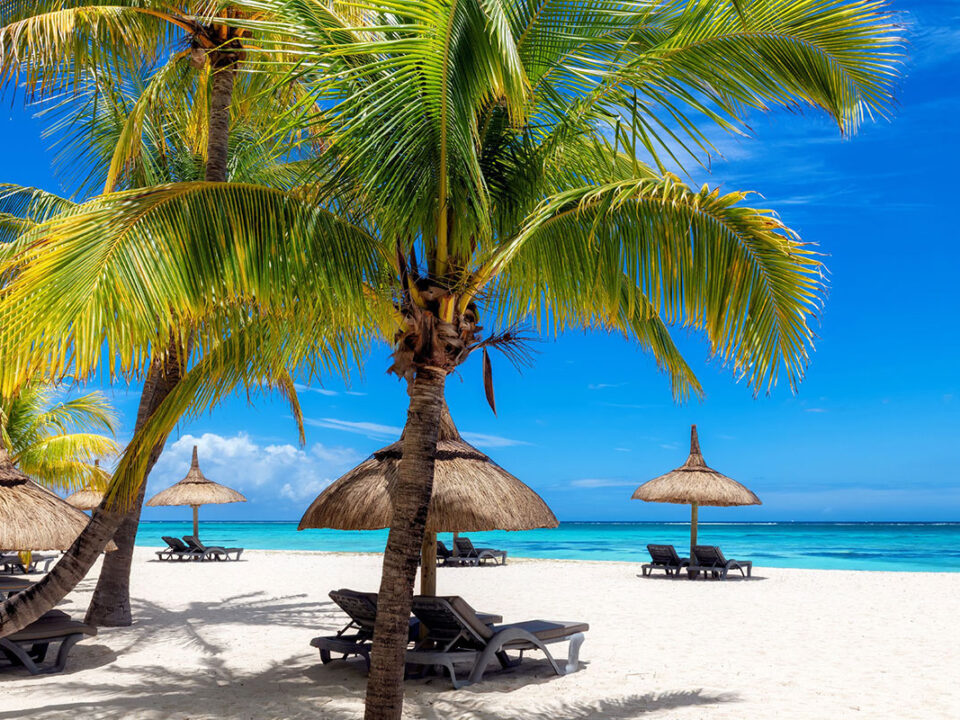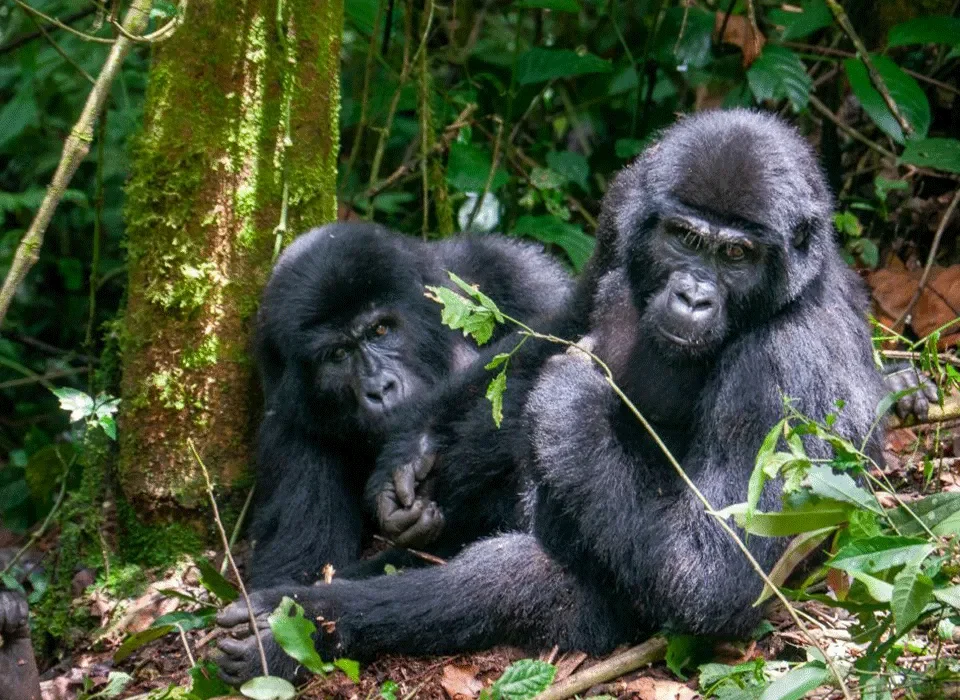Best Time to Visit Lake Manyara National Park in Tanzania

Safari & Tours to Lake Manyara National Park Tanzania
September 28, 2023
Ngorongoro Crater Safari Tours in Tanzania
September 29, 2023Best Time to Visit Lake Manyara National Park:
Nestled at the base of the Great Rift Valley Escarpment, Lake Manyara National Park offers a unique landscape distinct from the more typical savannah-dominated parks. While wildlife can be observed throughout the year in this park, the timing of your visit can greatly impact your experience.
Optimal Wildlife Viewing:
The best time to visit Lake Manyara National Park is during the dry season, which typically spans from late June to September. During this period, animals congregate around water sources and the sparse vegetation, making them easier to spot. The dry season provides abundant sunshine and minimal rainfall, reducing the risk of encountering mosquitoes and malaria.
High Season and Crowds:
It’s important to note that the northern section of Lake Manyara National Park tends to be crowded, particularly in the mornings, for most of the year, spanning from July to March. April and May are considered the low season, resulting in fewer visitors and lower rates.
Dry Season Highlights:
The months of June to October offer the best weather conditions for a visit. However, mornings during this period can be quite cold, so it’s advisable to bring warm clothing for game drives, especially from June to August.
Exploring the Wet Season:
Lake Manyara National Park undergoes a transformation during the wet season, which lasts from November to May. During this period, the landscape becomes lush and green. Rates are generally lower due to decreased visitor numbers, with April and May marking the low season.
Year-Round Wildlife Viewing:
While wildlife viewing is easier during the dry season, Lake Manyara National Park remains a good destination for wildlife enthusiasts throughout the year. Migratory birds, in particular, flock to the park during the wet season, making it an excellent time for birdwatching.
Challenges of the Wet Season:
Keep in mind that the wet season can bring its own set of challenges. From March to May, heavy rains may result in challenging road conditions, making travel difficult.
Easy Access:
Lake Manyara National Park is easily accessible, requiring just a 1.5-hour drive from Arusha. However, some northern areas of the park can get crowded, especially in the afternoons. To maximize your wildlife safari experience, consider staying within the park or in nearby accommodations for early entry and a full day of exploration.
Planning Your Visit:
While Lake Manyara National Park is accessible year-round, the dry season from July to October is optimal for observing large mammals. In contrast, the wet season from November to June is ideal for birdwatching enthusiasts. Whether you choose to access the park by road or through charter flights, Lake Manyara promises an unforgettable Tanzania safari experience. Contact Trek Africa Expeditions to plan your Tanzania safari to Lake Manyara National Park.




